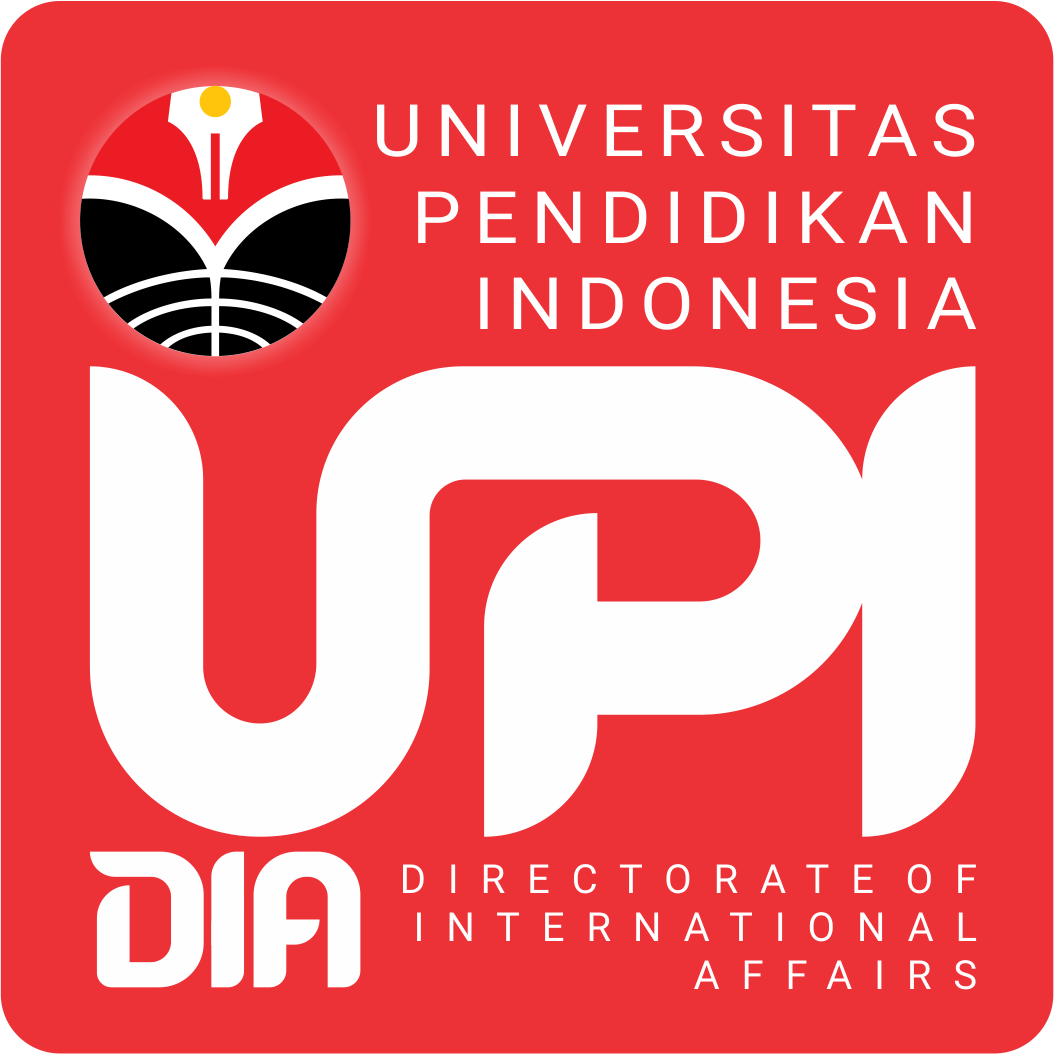
The advancement of sophisticated technology in this era has changed the teaching and learning process which involves technology in the classroom. Nowadays, teachers not only use projectors in the classroom, displaying videos or images in Power point and social media, but also use learning platforms such as Quizizz, Nearpod, and Kahoot.
Unfortunately, this method of communication has frequently failed to provide effective communication with the students. Furthermore, the students are already familiar in using various modes (multimodal) of communication outside the classroom. As a result, teachers should be made aware of the importance of multimodal literacy through learning.
In response to the significance of the multimodal literacy development, faculty staffers of the English Language Education Study Program, FPBS UPI chaired by Ika Lestari Damayanti, Ph.D., developed a research team with the goal of empowering teachers and children at Bumi Siliwangi Piloting Elementary School through a multimodal literacy program from July to October 2022. Through the making of digital texts by elementary students, this program aimed to both advance and increase their awareness of multimodal literacy.
This research program was also designed to foster multimodal literacy among children by having them create digital writings. Moreover, this program was created to aid in the implementation of Kurikulum Merdeka in Indonesia, which mandates that English teachers incorporate technology as well as diverse text types, such as digital and multimodal texts, in their lessons. In addition, the program’s chosen topic was environmental consciousness, one of the primary themes in the Pelajar Pancasila profiles suggested by the Ministry of Education, Culture, and Technology.
Multimodality refers to when a person uses several different modes of communication at once. Combining these forms, in the opinion of Kress and Van Leeuwen (2001), aids in completing and reinforcing particular meanings. A person employs non-verbal language (movement), sound, music, space, and other semiotic sources in addition to verbal language when communicating to stress particular meanings to other people.
In this current research, elementary students’ multimodal literacy was investigated through the process of the making of English digital text in order to observe how multimodal literacy was developed and taught in elementary school. This program revealed that students were able to use sources in their surroundings to build their experiences in communicating their messages through digital text which they created.
The current study involved 2 teachers and fifth grade students in Bumi Siliwangi Piloting Elementary School. The study began with providing teachers with multimodal teaching materials and strengthening their classroom activities; planning the lessons, modifying already-existing teaching materials to raise children’s environmental awareness, and choosing appropriate teaching materials to be implemented in the classroom was followed.
Furthermore, the teachers were given freedom to select their teaching media in order to aid them in teaching learning sessions, such as written texts, images, and video which then packed into teacher’s teaching media. In this study, the teachers chose Nearpod, Power point, and Annotation feature in Zoom to deliver their teaching.
One of the teachers of Bumi Siliwangi Elementary School, Tira Rostia Wardini, S.Pd., who happened to be a research participant, commented, “Creating digital texts with children while they are learning English is refreshing as we can see how they find their unique ways to make meaning through verbal and visual modes of communication.” It seems that digital literacy has created a conducive learning online environment that teachers can explore and use to teach their students how to write more meaningfully and in fun ways.
In fact, this study shows that this digital approach to learning is potential to be integrated with English lessons. With the knowledge the teachers have in using multimodal various features in the classroom, the material can be directed to teach significant issues, one of which aims to enhance students’ environmental awareness for elementary students. Also, teachers would have various options to provide support to children in interpreting information.
Furthermore, the study showed that digital text created by the students, where some of them were able to visualize their knowledge on environmental awareness as shown in figures 1 and 2. Significant multimodal features such as images, shapes, and intersemiotic relationships occur in the picture the students made. In addition, the students are aware of multimodal text functions for various communicative purposes such as prohibition and description as shown in figures 3 and 4.
More interesting topics would be recommended to be investigated further. Anyone interested in this program is warmly welcomed to discuss with the researchers’ team to learn more about this program. It has been planned to be examined with a bigger scale next year (Lulu Laela Amalia/Enhancing students’ creativity is a key element in today’s world of language teaching and learning. Dr. Ika Lestari Damayanti and her team took major steps in developing students’ literacy through current technology)


